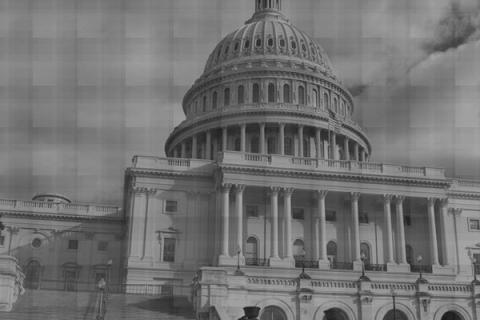There are many fiscally-oriented ballot initiatives currently circulating in the popular ethos, some of which propose truly bizarre items, and others of which offer seemingly commonsensical solutions. However, with few exceptions, these initiatives are easily traceable to distinct partisan interests and not particularly edifying to anyone who considers themselves independent, or outside the partisan framework generally.
The usual predictable circus, of course, applies: one side argues to lower taxes and cut government, while the other claims that raising taxes is the only way to pay for government. One side argues for reducing legislative obstacles to revenue raising; the other argues that these obstacles are all that is keeping the state from losing its major sources of tax revenue, thus effectively falling off a precipice. It is not often that a ballot initiative comes along, though, which combines elements of both of these worldviews into something which is both intellectually interesting and potentially effective in the fiscal sense.
Which is why the existence of Proposition 1457, also titled the “Renew California Act of 2010,” could be a pleasant surprise to California independent voters. This is because, unlike other attempts at “compromise,” which are often simply recipes for incoherence, Proposition 1457 contains a distinct and coherent vision for how the State’s constitution could be amended to simultaneously fix budget problems and avoid the pitfalls of reckless governance on either side.
To begin with, the circulating proposition contains elements which are guaranteed to make both the Left and the Right nervous. For the Left, the fact that the proposition limits the income tax rate at the Constitutional level, setting it at “5% plus an additional 1% for incomes over $100,000 and an additional 1.5% for incomes over $1,000,000,” according to the California Secretary of State’s website, will carry unpleasant whiffs of what they see as the mistaken philosophy behind Proposition 13. For the Right, on the other hand, the fact that the bill reduces the legislative requirement for votes on budgetary issues from two-thirds to a simple majority will doubtlessly be cause for concern. However, what neither side will probably fully acknowledge is that implicit in the bill is a philosophy in which, for better or for worse, these two seemingly opposed elements actually complement each other.
Consider the tax rate scheme. California’s current income taxes range from a low of 1% to a high of 10.3%. Setting the tax rate at 5%, then, constitutes a huge tax cut (even with the extra percentages added for greater wealth) for anyone making over $27,000 – a number which constitutes the vast majority of California taxpayers, as of 1998. This sort of tax relief would, assuming one accepts the general trend that occurs in response to tax cuts, spur a much greater degree of economic activity, much of which would probably jump-start new businesses and encourage innovation. Moreover, because the rate is Constitutionally set, business owners and employers would have substantially less reason to focus on the short-term, on the off-chance that the tax cut would be permitted to expire, and will instead act as if the tax rate is a given, thus permitting a more prolonged amount of economic growth, in addition to the short-term gains.
Now, mix this with the legislative requirement, and it becomes clear that the bill has, at bare minimum, taken account of one of the areas where legislative malfeasance could have the most dire consequences – that is, stifling tax rates. Anti-tax voters could feasibly object that this still leaves payroll taxes, corporate taxes and other forms of taxation in the wind, but the bill has planned for this contingency as well. While it does lower the legislative vote requirement, it also raises the popular vote requirement for initiatives from 50% to 60%, thus nullifying the common tactic of special interest groups and the legislators who work with them to strongarm well-intentioned, but costly legislation/ballot initiatives through the political process by a tiny margin.
Given that, one of the biggest reasons for the fiscal hole in California’s budget is the tendency of voters to vote their hearts first and ask questions later on issues relating to funding, this particular requirement would negate a large number of the most costly, and unwise, propositions that go through every election cycle. The majority requirement in the legislature, then, would be tempered by the understanding that accountability to the voters is necessary, and that flagrant forcing of fiscally unwise moves would be unlikely to pass popular muster.
Of course, there are still objections that could be raised to the bill – among them, the question of why it covers income taxes without touching forms of taxation which discourage investment rather than consumption – but one does not vote down a bill which is 80% good because it has failed to include the extra 20%. The “Renew California Act of 2010” is thus a potentially viable Proposition which every voter should at least keep a close eye on.
